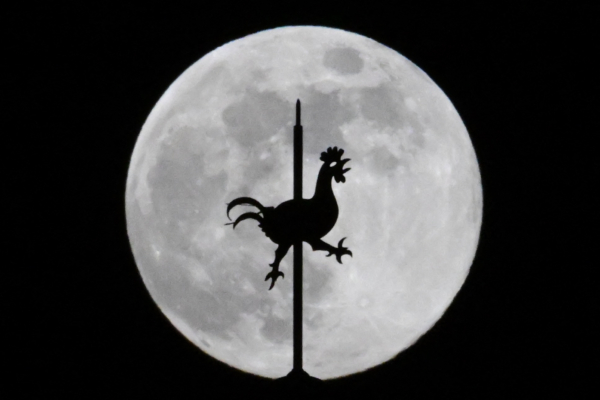The first full moon of 2025 has already been shining brightly in the night skies around the world, with this full moon phase lasting for three days. Those interested in moon-gazing had the opportunity to admire this astronomical beauty from the night of January 12th until the early morning of January 15th.
According to the National Aeronautics and Space Administration (NASA), this full moon made its appearance opposite the sun at 17:27 Eastern Time on January 13th (22:27 Greenwich Mean Time on January 13th), before passing through the time zones of South Africa and Eastern Europe, crossing eastward through Africa, Europe, Asia, Australia, and other regions until it reached the International Date Line.
NASA mentioned that people do not need special equipment to enjoy the full moon, but using binoculars or a telescope can enhance the observation of the features on the moon’s surface.
Based on the Old Farmer’s Almanac, founded in 1792, the full moon in January is known as the “wolf moon,” a name given by Native Americans. In January, as it is the heart of winter, wolf packs often howl outside villages due to a scarcity of food, hence the name. Other names for the January full moon include “ice moon,” “cold moon,” or “severe moon,” with some also referring to it as the “quiet moon,” symbolizing the passing of the frigid winter and the calmness within one’s home as a harbinger of good fortune.
It’s worth mentioning that the upcoming period is also a good time for observing Mars. The red planet will be in opposition to the sun on January 16th. In astronomy, opposition means a planet is directly opposite the sun in the sky, making Mars appear large and bright. Therefore, from January 12th to 16th, it will be the best time to use a telescope to observe Mars and learn about its features.

